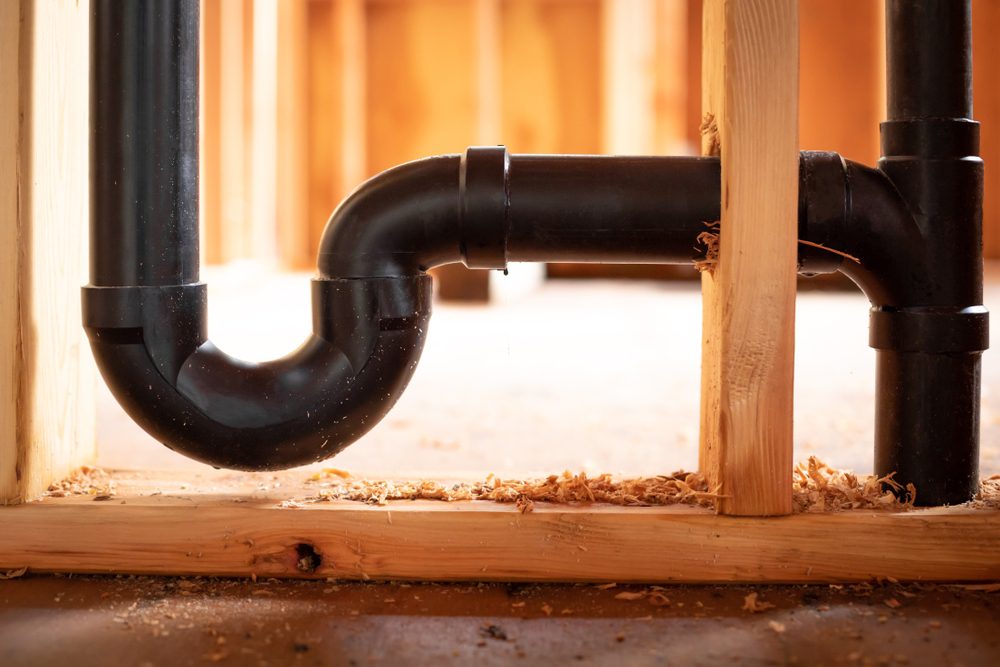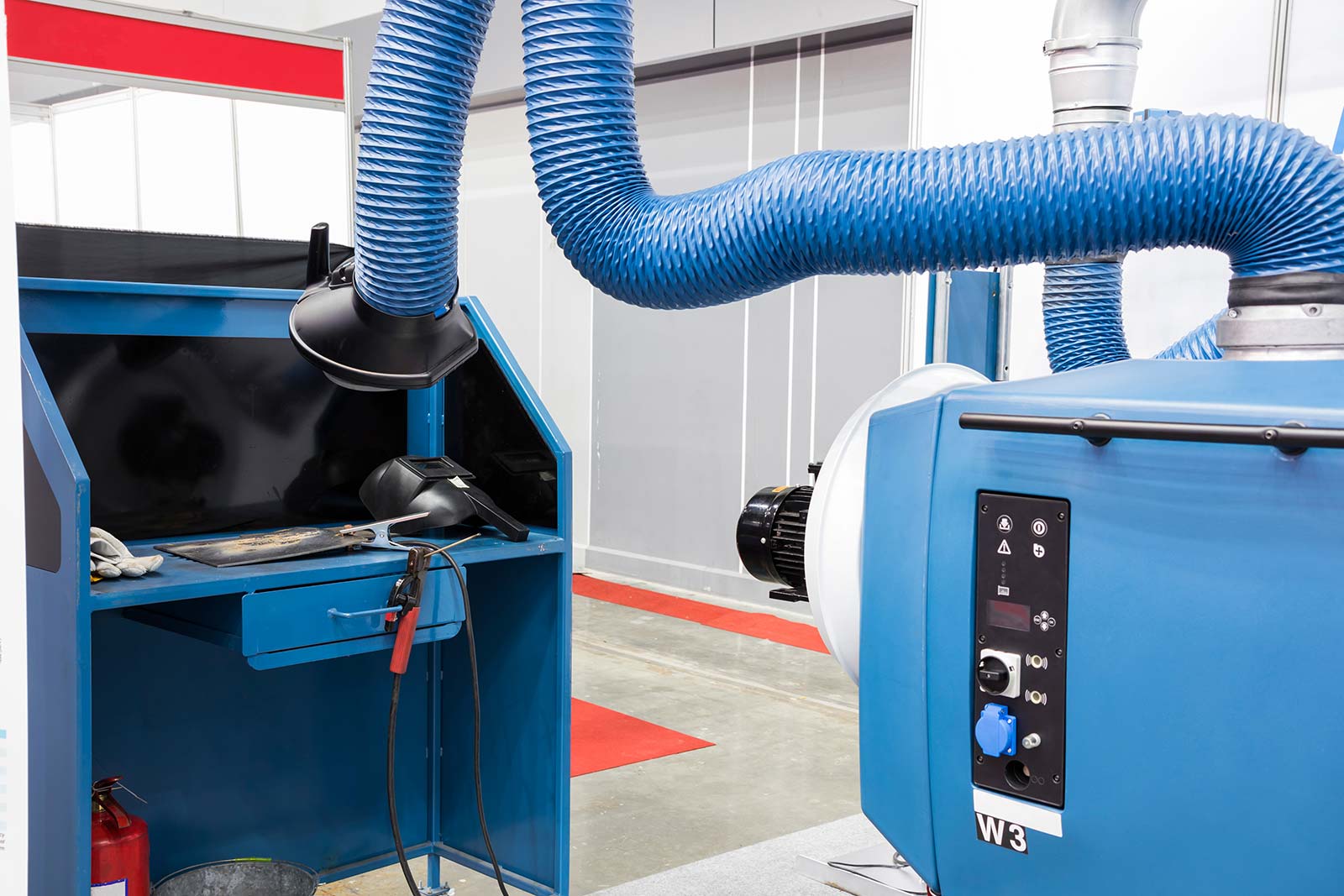We've stumbled on the article pertaining to The Upsides of Proper Ventilation in Plumbing Design below on the internet and believe it made good sense to quickly share it with you in this article.

Appropriate ventilation in pipes systems is often overlooked, yet it is crucial for maintaining the functionality and security of your home's pipes. Ventilation helps regulate air pressure, prevent the build-up of harmful gases, and make certain the effective elimination of waste. In this guide, we will certainly check out the significance of proper plumbing ventilation, just how it functions, and the benefits it offers your pipes system.
Comprehending Ventilation in Plumbing
Ventilation in pipes refers to the network of pipes that enable air to stream through the drain system. These vents offer multiple functions, including regulating air pressure within the pipes, stopping sewer gases from entering the home, and helping in the smooth circulation of wastewater.
How Air Flow Functions in Pipes Solutions
Atmospheric Pressure Regulation
Correct air flow preserves balanced atmospheric pressure within the plumbing system. When water flows through pipes, it displaces air. Without sufficient air flow, this variation can produce adverse pressure, bring about slow down drains pipes or siphoning of water from traps, which can trigger unpleasant smells to permeate into the home.
Preventing Sewage System Gas Accumulation
One of the most critical functions of plumbing vents is to stop sewage system gases, such as methane and hydrogen sulfide, from building up within the home. These gases can position major health and wellness dangers and are highly combustible. Vent pipelines enable these gases to get away safely outdoors.
Helping in Waste Elimination
Ventilation assists in the reliable elimination of wastewater by preventing airlocks in the drainage system. When air can move freely via the vents, it enables water and waste to stream efficiently through the pipes, minimizing the risk of clogs and backups.
Sorts Of Plumbing Vents
Main Heap Vent
The main pile vent, also called the vent pile, is the main air vent in a plumbing system. It prolongs from the major drain align with the roofing, allowing gases to get away and fresh air to enter the system.
Branch Vent
Branch vents connect to the main stack air vent and serve private components, such as sinks, commodes, and showers. These vents make certain that each fixture has appropriate air flow to function properly.
Air Admittance Shutoff (AAV).
An Air Admission Shutoff (AAV) is a one-way valve that permits air to enter the pipes system without the need for a typical vent pipeline prolonging via the roof covering. AAVs are generally made use of in remodellings or locations where installing a conventional air vent is impractical.
Indications of Poor Air Flow in Pipes.
Slow Draining Fixtures.
If your sinks, tubs, or bathrooms are draining pipes gradually, maybe a sign of inadequate air flow. Insufficient air flow can develop a vacuum cleaner impact, making it challenging for water to drain properly.
Gurgling Sounds.
Gurgling audios coming from drains are typically an outcome of air being sucked through water catches as a result of unfavorable pressure in the pipelines. This is a clear indicator of not enough ventilation.
Undesirable Smells.
Sewer odors inside your home are a red flag that your pipes system is not correctly ventilated. This can suggest that sewer gases are not being adequately aired vent outside, resulting in possibly dangerous problems.
Typical Air Flow Errors.
Inadequate Vent Sizing.
Using undersized vent pipelines can bring about poor air flow and stress inequalities in the system. It's necessary to use vents that satisfy the certain needs of your plumbing system.
Improper Vent Placement.
Putting vents too far from the components they offer can decrease their effectiveness. Appropriate placement ensures that air can move openly and successfully through the system.
Ignoring Code Needs.
Building regulations give particular guidelines for plumbing air flow. Ignoring these codes can cause a system that stops working to function properly and may cause expensive repair services or carcinogen.
Benefits of Appropriate Ventilation.
Enhanced System Efficiency.
Properly aerated plumbing systems operate much more successfully, with fewer blockages, faster draining pipes, and much less stress on the pipelines. This performance extends the lifespan of the plumbing system.
Improved Air High Quality.
By protecting against sewage system gases from entering your home, proper air flow contributes to far better indoor air quality, making your living environment healthier and extra comfy.
Protecting Against Water Damages.
Ample ventilation helps stop water from being siphoned out of catches, which can bring about sewage system gases going into the home and causing water damage over time.
Steps to Make Certain Appropriate Ventilation.
Consulting Pipes Codes.
Constantly seek advice from regional pipes codes when making or customizing your pipes system. These codes give the essential standards for appropriate airing vent and guarantee your system satisfies security standards.
Routine Evaluation and Upkeep.
Normal evaluations can aid determine possible ventilation issues before they come to be major issues. Upkeep tasks, such as cleansing air vent pipelines and looking for clogs, are essential for maintaining the system in good working order.
Professional Installation.
For new setups or significant modifications, it's important to work with an expert plumbing technician. They have the expertise to make certain the ventilation system is appropriately designed and set up according to code.
Final thought.
Proper air flow is an essential element of any kind of pipes system, making certain that it operates successfully and securely. By understanding the value of ventilation, acknowledging the signs of inadequate ventilation, and taking steps to keep your system, you can protect against pricey problems and secure your home's air high quality.
4 Things You Should Know About Your Plumbing Vents
What Plumbing Vents Are
Also called a vent stack, a plumbing vent is a vertical pipe attached to your drain line that runs through your roof. The plumbing vent pipe, or plumbing air vent, removes gas and odors from your plumbing system and allows fresh air to enter the pipes, helping the water to flow out of the drain pipes.
What Plumbing Vents Do
Plumbing vents have two basic functions. One of which is to allow unpleasant smelling wastewater and sewer gasses to escape your plumbing system instead of entering your home. Plumbing vent pipes are typically located on roofs, away from windows, to ensure the fumes exit the home completely.
The other function of the plumbing vent is to move fresh air into your plumbing system. This helps move water through every plumbing fixture in your house, like toilets and sink drains. Think of the way in which you need to let a little air into the bottle as you pour soda in order to make the drink flow smoothly.
Different Types of Plumbing Vents
True vent: This is the most common vent option. In simplest terms, a true vent is a vertical pipe attached to your drain line that exits through the roof. They often function as the main vent that other fixtures can connect to. Re-vent pipe or auxiliary vent: Attached to the drain line near specific plumbing fixtures, re-vent pipes run up and over to connect to the main vent. Common vent: Two plumbing fixtures installed on opposite sides of a wall are typically tied into the vent stack using something known as a sanitary cross. Wet vent: This venting option operates as a drain pipe and a vent at the same time. Wet vent drainage systems drain water from one fixture while venting the air from another. Although they’ve been used for over 100 years, wet vent systems have only recently been added to the plumbing code in many areas. If you’re planning on installing one in a bathroom remodel, make sure you check your local code prior to construction. Loop vent: For free-standing fixtures like kitchen island sinks, loop vents are ideal. These vent pipes run under the floor, rise from the P-trap, and create a loop inside the cabinet sink. Air admittance valve: An AAV is a one-way mechanical valve typically installed at the site of the plumbing fixture. AAVs allow venting to occur without having to tie into a larger venting system. They’re ideal for venting fixtures where you aren’t able to easily connect to an existing vent system. Common Plumbing Vent Issues
Although vent pipes typically don’t have water flowing through them, they’re still subject to many typical plumbing issues. For example, clogs are one of the most common problems associated with sewer vent pipes. If your vent pipe gets clogged, all of your plumbing fixtures tied into the vent stack will be affected.
A sink with a slow drain that bubbles and gurgles or a strong sewage smell around your toilet are both indicators that your toilet vent pipe is clogged. Because most vent pipes exit through the roof, old leaves, twigs or even a bird’s nest could be clogging the pipe.
Clogs in your vent pipe system cause a buildup of negative pressure, meaning that water won’t be able to flow out of your home very well. It’s similar to putting your finger over the opening of a straw to trap water inside. When you remove your finger, the water is able to flow out of the straw.
If you suspect you have any blockage in your vent, make sure you have a professional come examine the situation. Left unchecked, a blocked air vent can lead to other costly repairs, like leaks and sediment buildup.
Under Pressure
Pipe vents are essential aspects of a home’s plumbing system. Owning a home means learning about all sorts of things you never put much thought into before. But by understanding as much as you can about the important systems of your home, you can keep those budgets intact and those anxiety levels low.
https://www.homeserve.com/en-us/blog/home-improvement/plumbing-vents/

As a serious reader on What Is A Plumbing Vent & How Do They Work?, I was thinking sharing that excerpt was really useful. So long as you appreciated our page kindly don't forget to pass it around. Thank-you for your time invested reading it.
Call Today